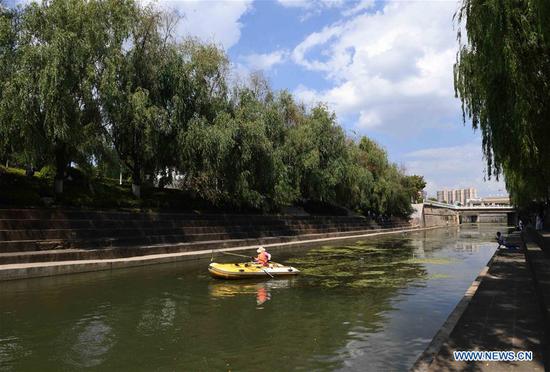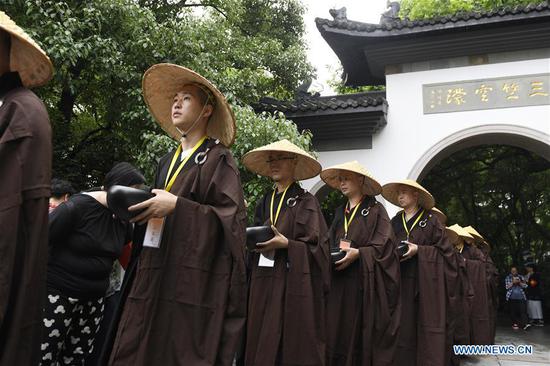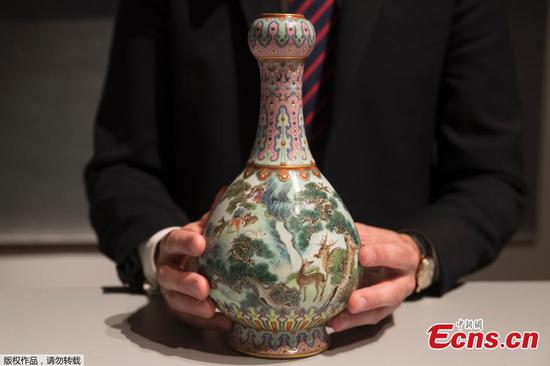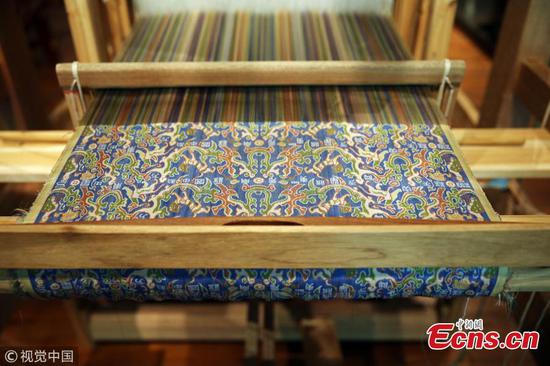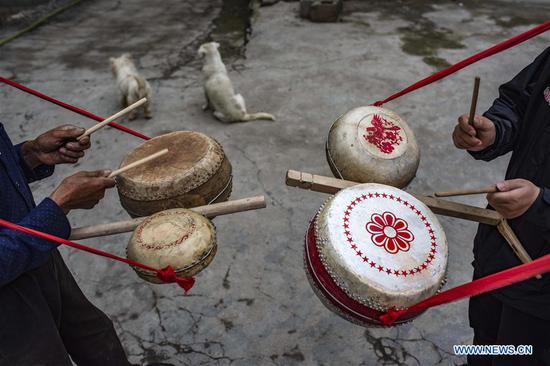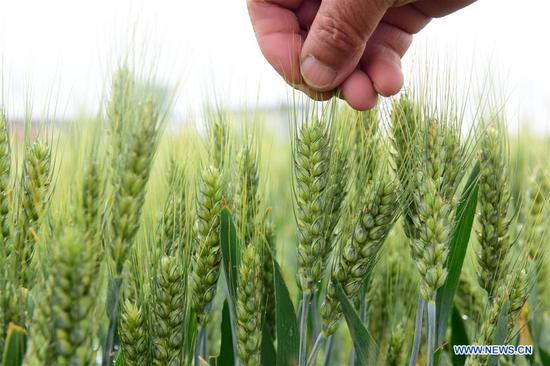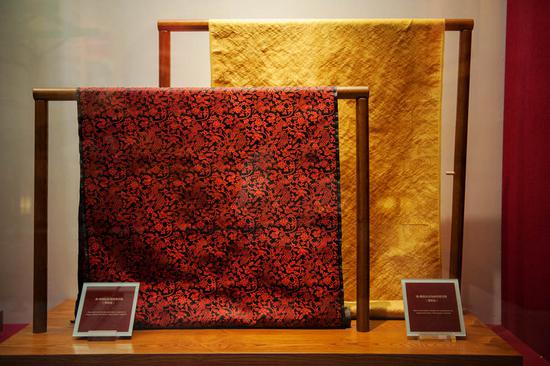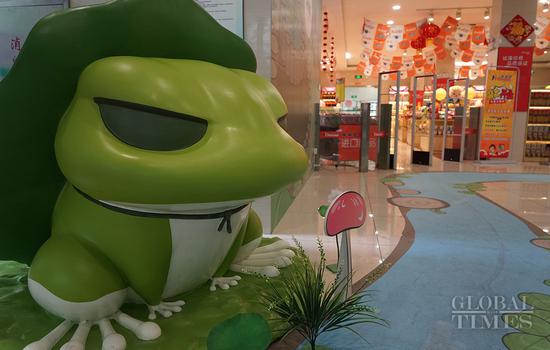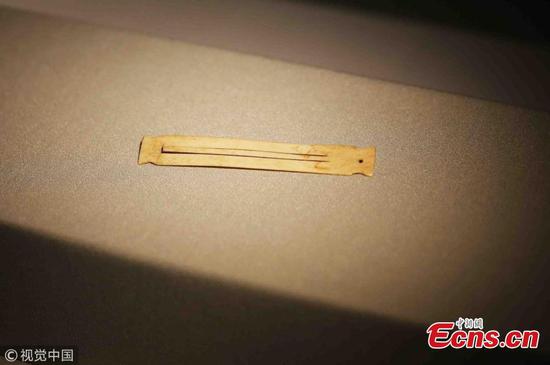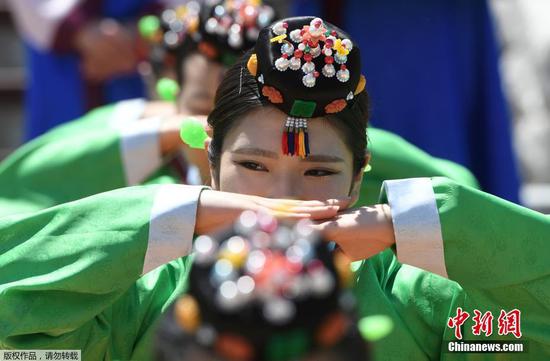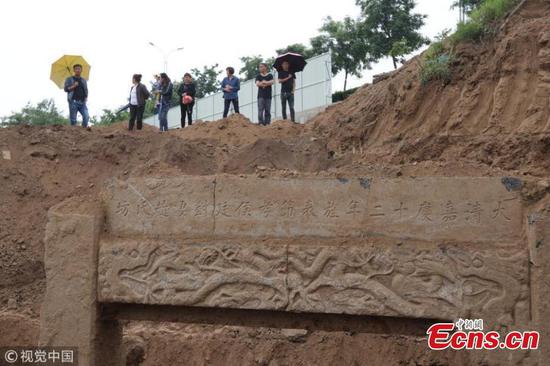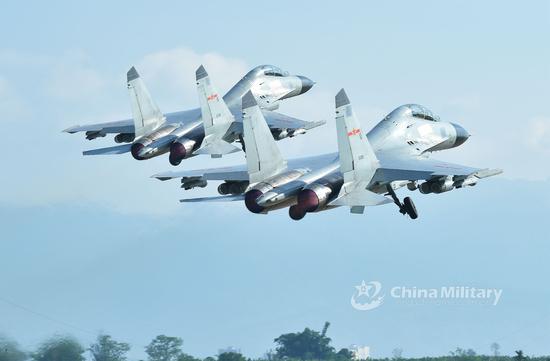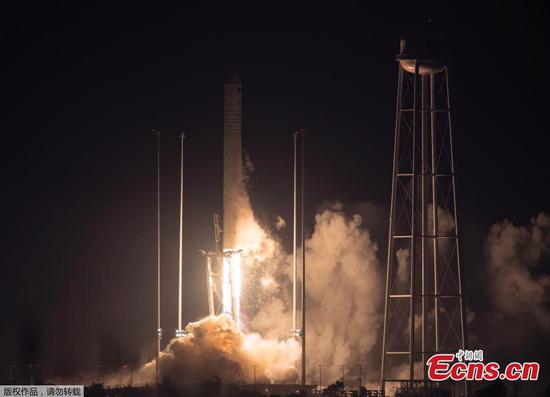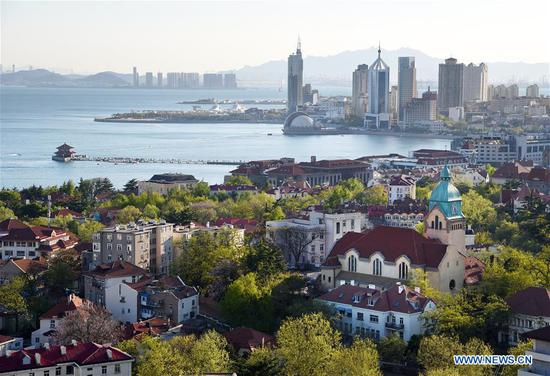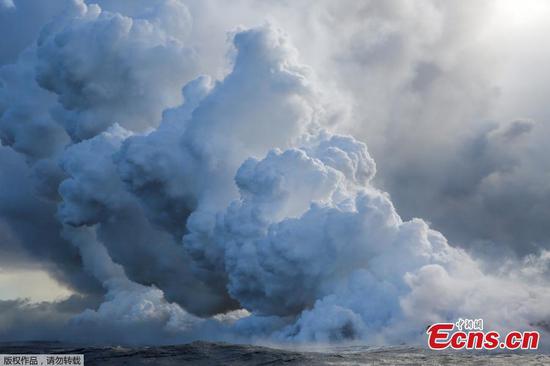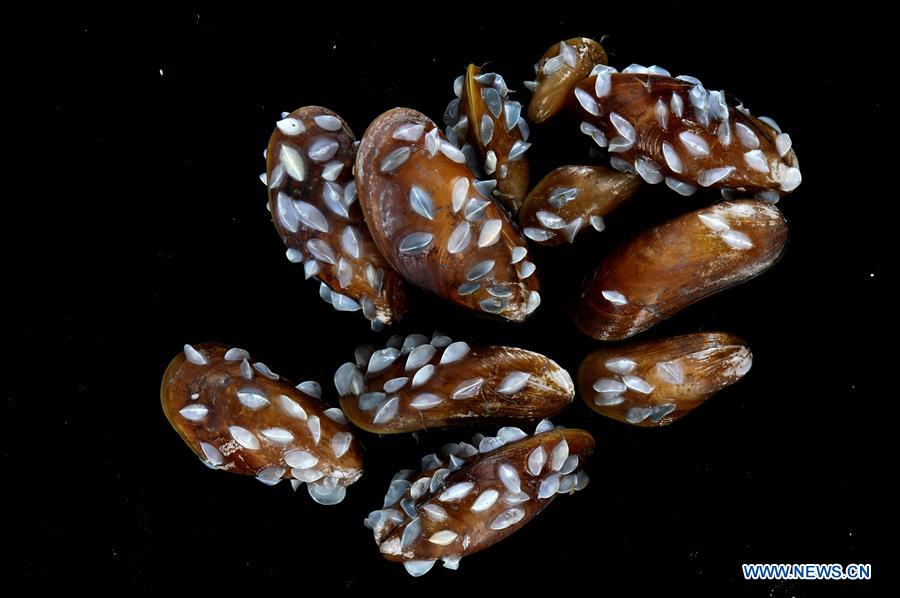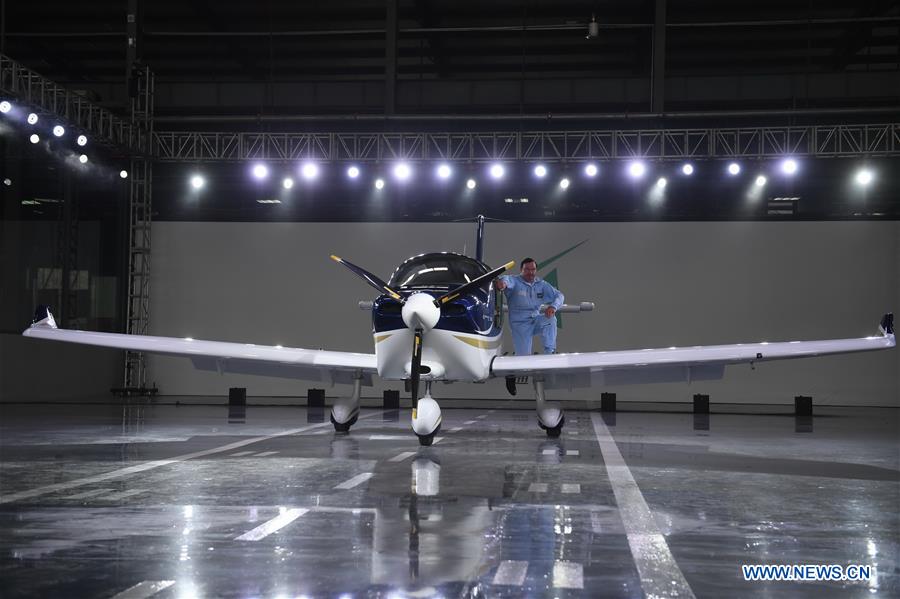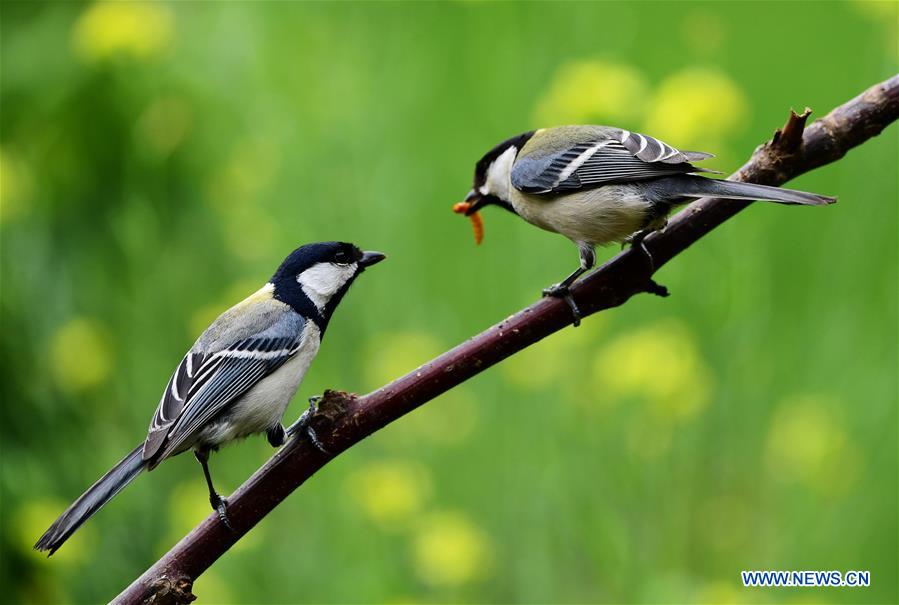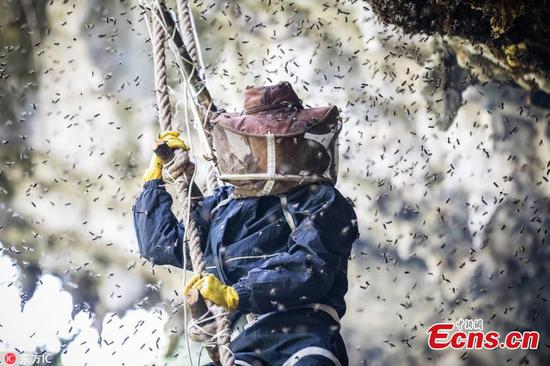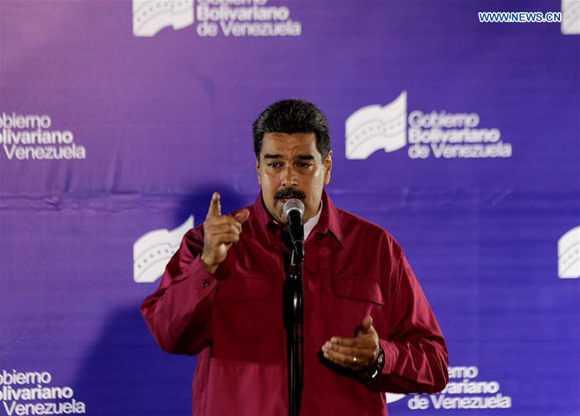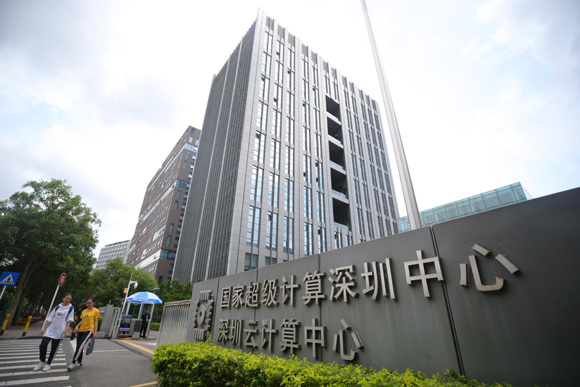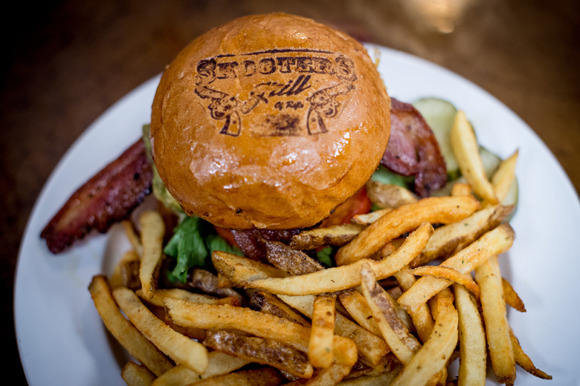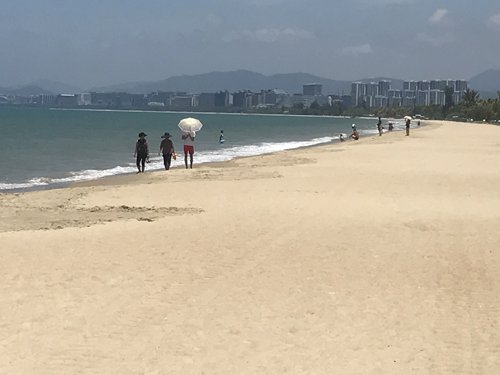
The view of a beach in Sanya, South China's Hainan Province (Photo/GT)
Plan to boost economy of island sees increase in foreign visitors
A hotline to make reservations for the nonavalent Gardasil 9 human papillomavirus (HPV) vaccine at Boao Super Hospital (BSH) in Boao, South China's Hainan Province has been ringing off the hook in recent days.
The hospital, located inside the 20-square-kilometer Hainan Boao Lecheng International Medical Tourism Pilot Zone - China's first pilot zone for medical tourism - will be the first on the mainland to provide the vaccination.
Hainan drug regulators announced on May 11 that they had decided on a price for the vaccine after a round of negotiations, with big expectations that the vaccine will arrive at the hospital by June.
Following the announcement, "we have been receiving hundreds of calls every day that either request a vaccine consultation or ask for an appointment. Some patients have also paid a visit," said an employee at BSH.
The hospital was established on March 31, among the first batch of six hospitals to be opened to the public in Lecheng so far.
The nonavalent vaccine protects patients from the nine most aggressive forms of genital HPV, which is strongly related to the onset of cervical cancer.
Its introduction to the Chinese market demonstrates how the hospitals in Lecheng could take advantage of the pilot zone's preferential policies and drive Hainan's medical tourism industry.
As stipulated in the detailed guidelines, overseas investors will be allowed to set up wholly foreign-controlled hospitals in the zone, import tariffs will be reduced on certain medical devices and equipment, and new drugs and medical devices could enjoy fast-track approval in Lecheng.
"The rules also mean that we could import drugs and medical equipment into the zone that have been accredited by foreign authorities but have not yet been approved by domestic regulators. This is an unprecedented edge in attracting Chinese patients to the island," Li Chongwei, chairman of the Boao Yiling Medical Care Center, which is also located inside Lecheng, told the Global Times.
One director at the center surnamed Chen agreed, noting that the overall development of the pilot medical zone is now "riding on the central government's policy boom."
"Lecheng was little known to the public before the Chinese government announced the decision in mid-April to build Hainan into a free trade port," Chen said. But now, for example, Yiling receives queries from 20 to 30 groups of potential patients and business delegations every day, compared with almost none before mid-April.
At the same time, the number of foreigners seeking healthcare in Lecheng has been rapidly surging over the past month, according to Chen.
"Every week, there have been around 40 patients from Russia, Thailand, Cambodia and Ukraine [visiting the hospital]. They have also shown strong interest in traditional Chinese medicine treatments," he noted.
Both Li and Chen are therefore excited about the future prospects of the pilot zone and how it could possibly contribute to the central government's plans to build the southern island province into a free trade port while ensuring that tourism becomes one of its supportive industries.
After all the projects are finished, the zone is expected to receive 5 million patients from home and abroad on an annual basis, generating 100 billion yuan ($15.86 billion) a year in revenue.
Room for improvement
Along with the thriving medical tourism industry, the number of foreign tourists traveling to Hainan is also on the rise, after China on May 1 began offering visa-free access for people from 59 countries and regions who wish to visit the province.
Huang Qionghua, general manager at local tourism property developer Youcaihua, said that the number of foreign tourists, especially from Russia, has been posting a "subtle increase" since the beginning of May.
On May 1, the day the visa-free policy took effect, a total of 767 foreign tourists traveled to Hainan, compared with 661 foreign tourists on the same day last year, according to data released by Hainan's public security department.
However, Huang pointed out that Hainan still "has a long way to go" before building itself into an international tourism island, a position that is also specified in the central government's guidelines.
In 2017, the number of overnight foreign visitors in the country's southernmost island province was 786,900, accounting for only 1.4 percent of its total annual overnight tourists.
Meanwhile, the province's largest source of tourists - travelers from the Chinese mainland - has yet to post a significant change in numbers.
A spokesperson from Chinese travel services provider Ctrip told the Global Times over the weekend that the number of domestic tourists has pretty much stayed the same since the free trade port plan was announced.
And because the May-October period is traditionally a lackluster season for tourism in Hainan, Huang said that there has actually been "a mild drop" in the number of domestic travelers compared with April.
He attributed the phenomenon to the lack of competitive tourism packages as well as weak tourism infrastructure on the tropical island.
"Hainan is known for its sandy beaches and resort-lined coast, but what can visitors do except lay on the beach and enjoy sunbathing? The province needs to explore more tourism projects with appealing themes, like Shanghai Disney Resort, so that tourists are still keen on visiting the island even in this season," he noted.
Another key way to attract tourists from home and abroad is to make trips to Hainan more affordable, said Li Renjie, founder of Chengdu-based Maijie Property Planning Co, which also operates in Hainan.
"In the traveling industry, we agree that only the rich are able to visit Hainan, because the poor opt to travel to Southeast Asian countries [where it is cheaper]," Li joked.
Duty-free shopping
As the Chinese government detailed in its guidelines that it will "carry out a more convenient duty-free shopping policy and expand tax exemptions" from the current level of 18,000 yuan, industry analysts have widely predicted that duty-free shopping could attract more travelers to the island.
Thousands of shoppers were browsing goods when the Global Times visited the 7,000-square-meter Sanya International Duty Free Shopping Complex, the world's largest, over the weekend.
Products sold in stores are generally 15 to 35 percent cheaper than in regular ones on the mainland, said Liu Jing, general manager of the complex. And in 2017, over 5.6 million people visited, up 24 percent year-on-year.
"Hainan is often called China's version of Hawaii, and I believe in the future, it could also be considered a shopping heaven and be dubbed China's version of Dubai," Li said.
















